Find Help
More Items From Ergsy search
-

Patient video: What to expect when having a bone scan
Relevance: 100%
-
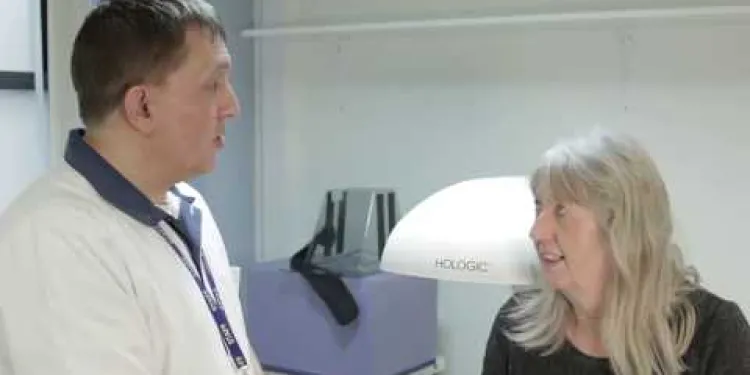
What to expect of a DXA Scan
Relevance: 69%
-
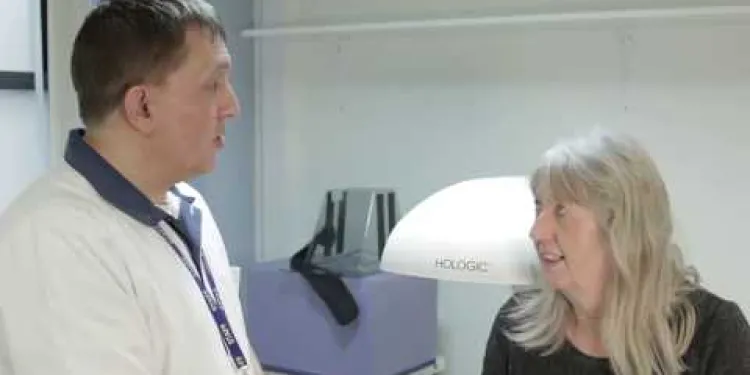
What to expect of a DXA Scan
Relevance: 66%
-
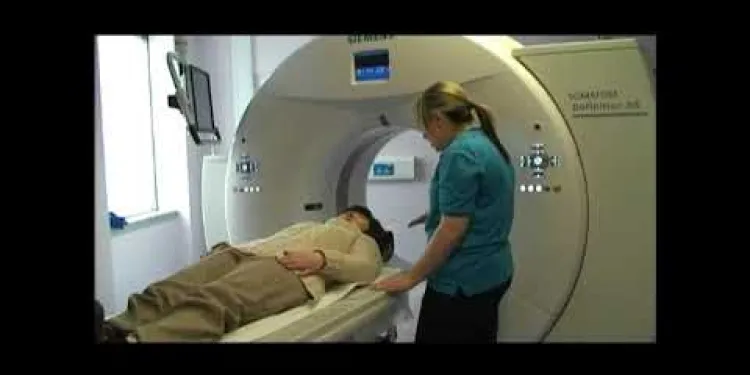
Going For a CT Scan
Relevance: 63%
-
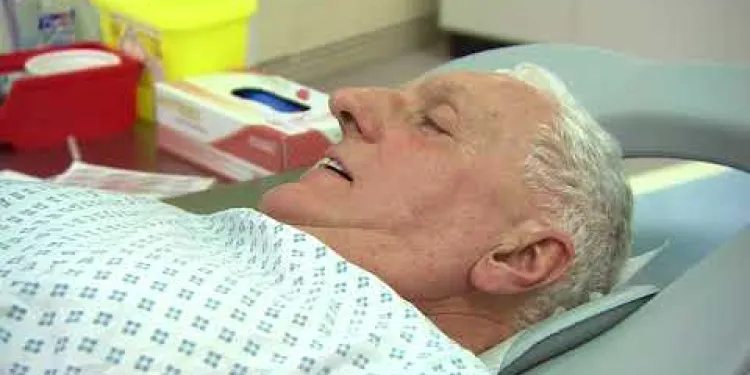
So, you're having a CT scan...
Relevance: 57%
-
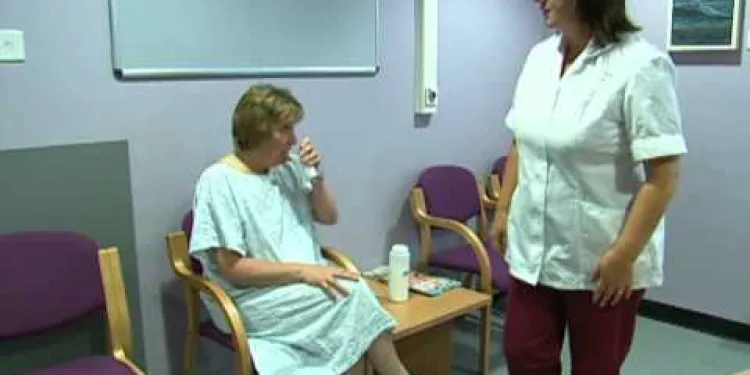
Having a CT Scan in Tayside
Relevance: 57%
-
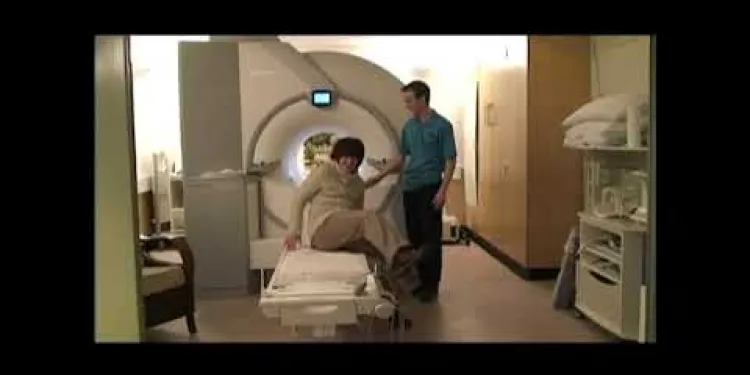
Going for an MRI Scan
Relevance: 54%
-
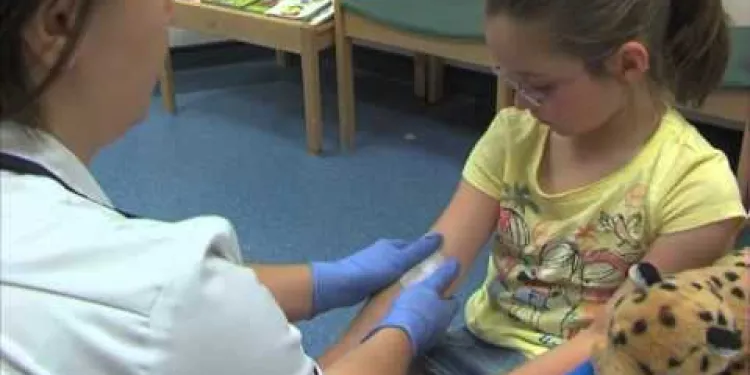
I'm having an MRI scan
Relevance: 53%
-
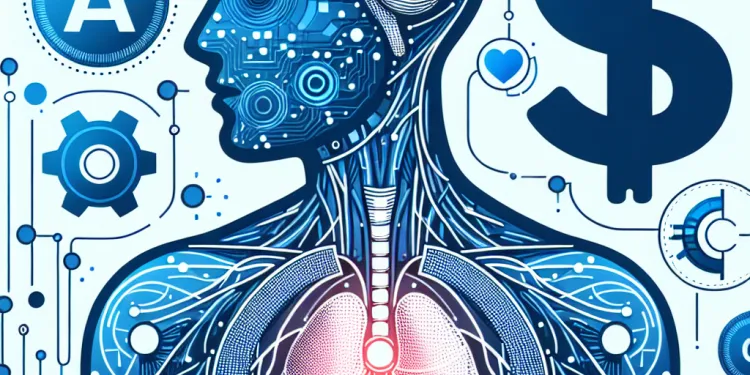
Are AI body scans reliable?
Relevance: 53%
-
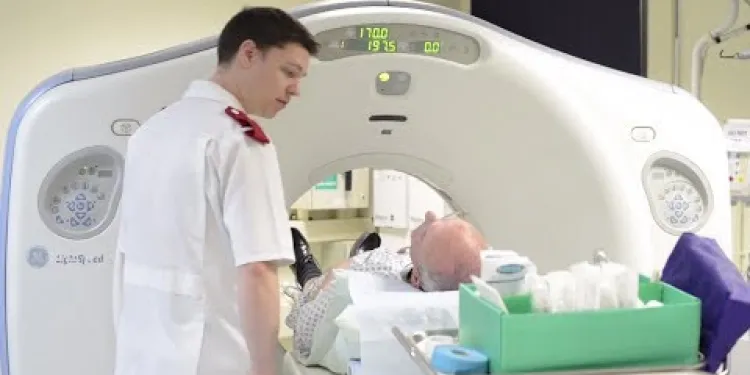
Having a CT scan in Hospital - What's it like having a CT scan at Bedford Hospital?
Relevance: 52%
-
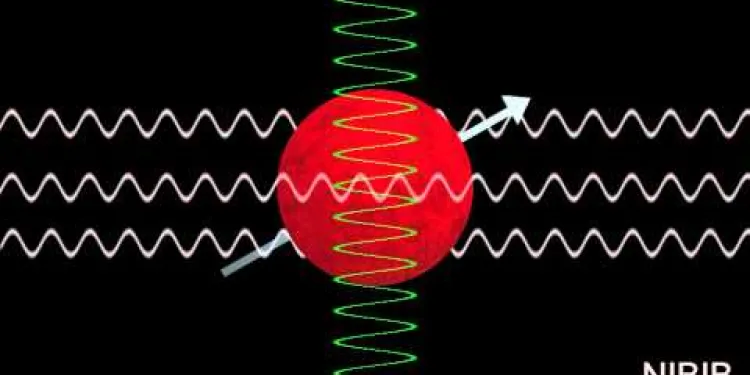
How Does an MRI Scan Work?
Relevance: 49%
-

The FDG PET Scan: What to expect
Relevance: 49%
-
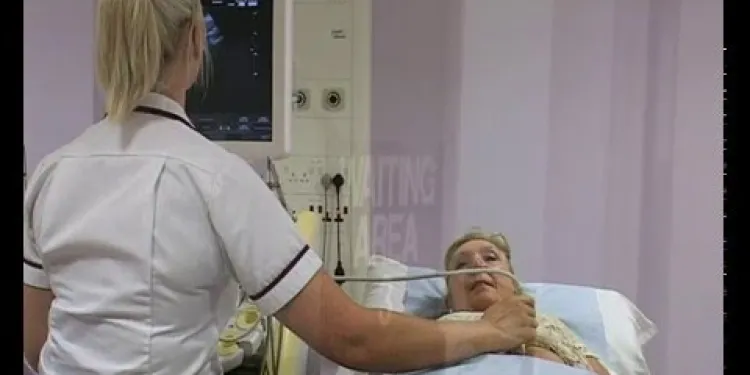
Having an Ultrasound scan at Manchester Royal Infirmary
Relevance: 47%
-
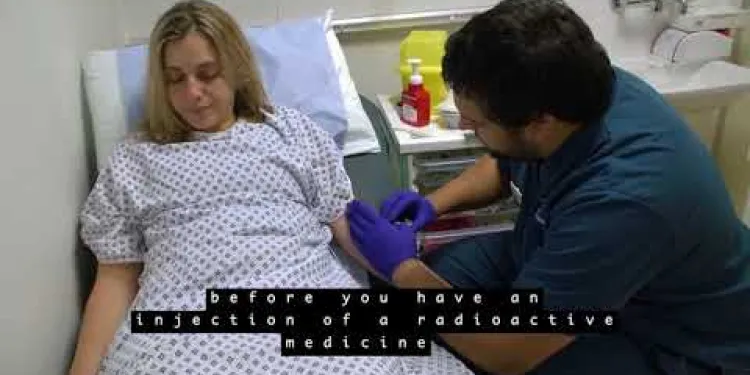
Your PET/CT scan at University College Hospital
Relevance: 47%
-
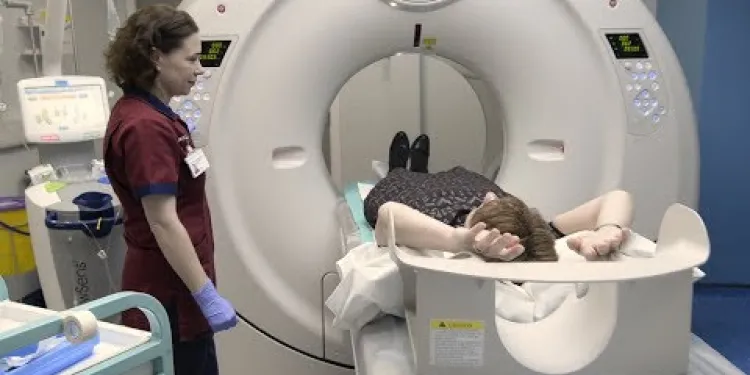
Having a CT Scan at Stoke Mandeville Hospital - Buckinghamshire Healthcare NHS Trust
Relevance: 43%
-
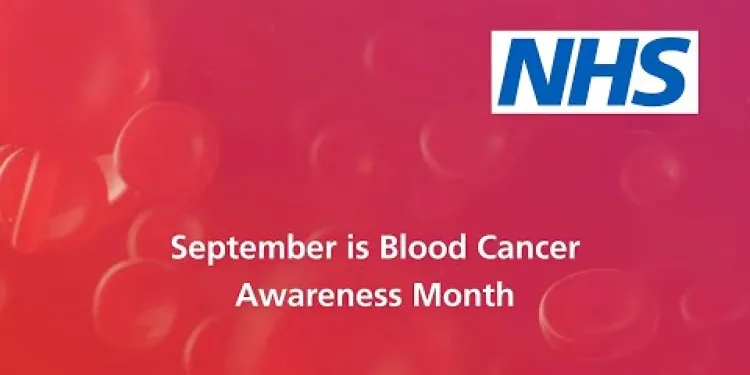
4 facts about blood cancer that you should know | NHS
Relevance: 30%
-
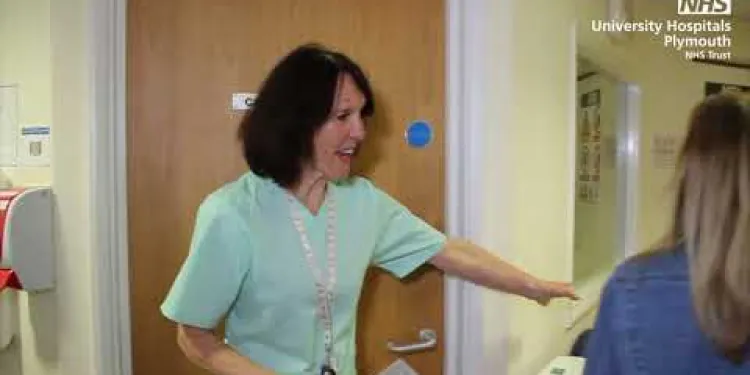
MRI Scanner walkthrough - what to expect at your appointment
Relevance: 24%
-

Prostate cancer diagnosis and tests
Relevance: 22%
-
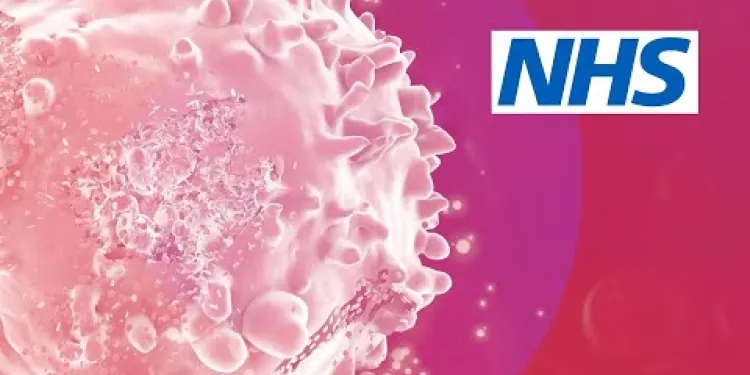
Leukaemia: What are the signs and symptoms? | NHS
Relevance: 21%
-

What can high levels of cortisol cause?
Relevance: 19%
-
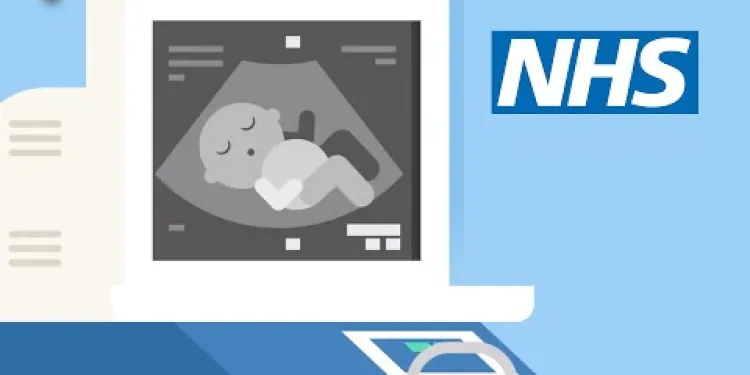
Screening tests for you and your baby | NHS
Relevance: 19%
-

Radiotherapy CT scanner
Relevance: 18%
-
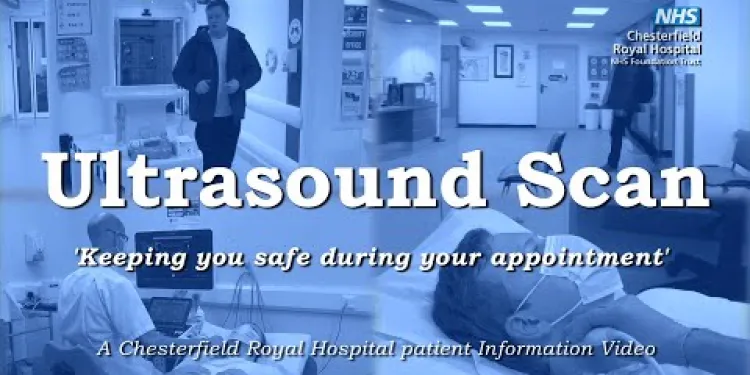
Your Ultrasound Appointment
Relevance: 18%
-

FFR-CT beat invasive conventional coronary angiography says a Cardiologist
Relevance: 18%
-
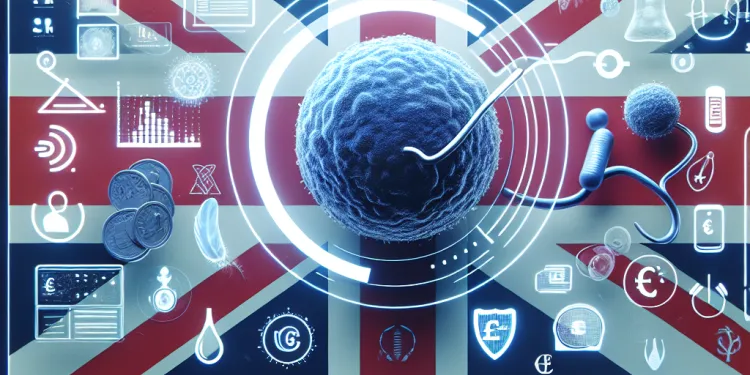
How is testicular cancer diagnosed?
Relevance: 17%
-

Survivor of an Abdominal Aortic Aneurysm rupture appeals for men to take up NHS Screening Programme.
Relevance: 17%
-
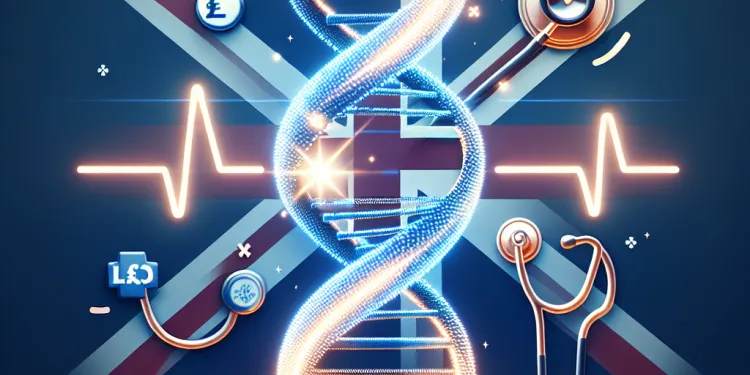
How is sickle cell disease treated?
Relevance: 16%
-

Let's Talk About Menopause - The Queen Elizabeth Hospital King's Lynn NHS Foundation Trust
Relevance: 16%
-
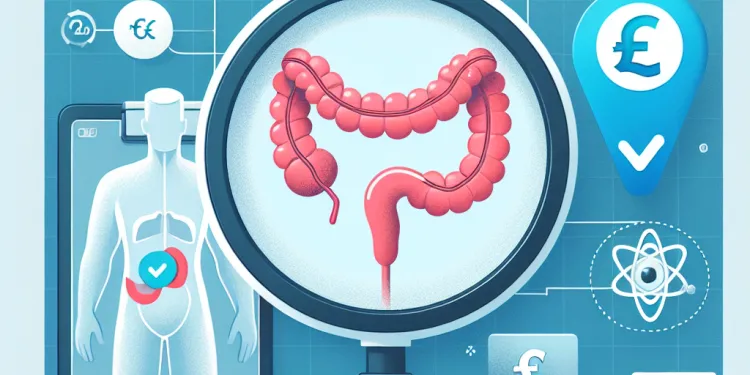
How is appendicitis diagnosed?
Relevance: 16%
-

Shoulder subacromial shoulder pain
Relevance: 15%
-
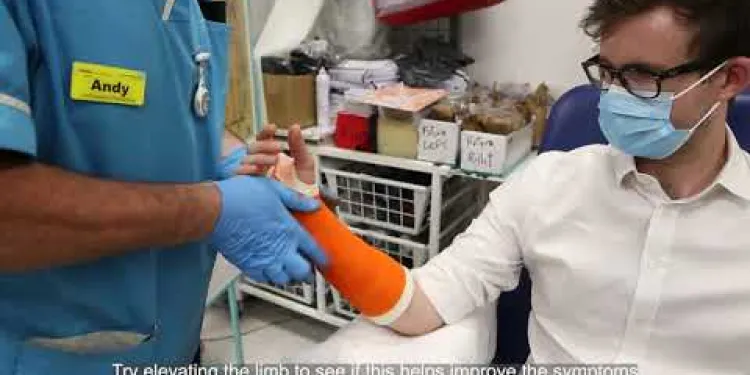
Fracture Clinic: Plaster Casts
Relevance: 15%
-
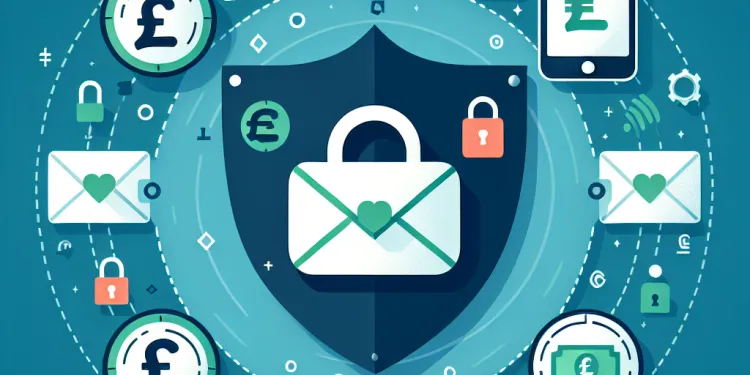
How can I secure my email after a hack?
Relevance: 15%
-
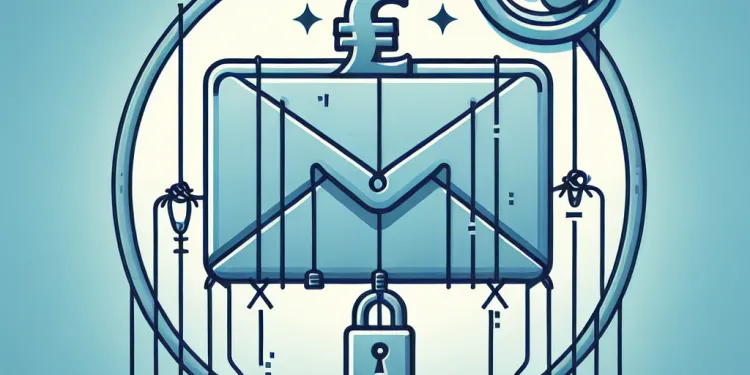
What should I do if I suspect my email has been compromised through phishing?
Relevance: 15%
-

Can testicular cancer spread to other parts of the body?
Relevance: 14%
-

NHS Abdominal Aortic Aneurysm (AAA) Screening
Relevance: 14%
-
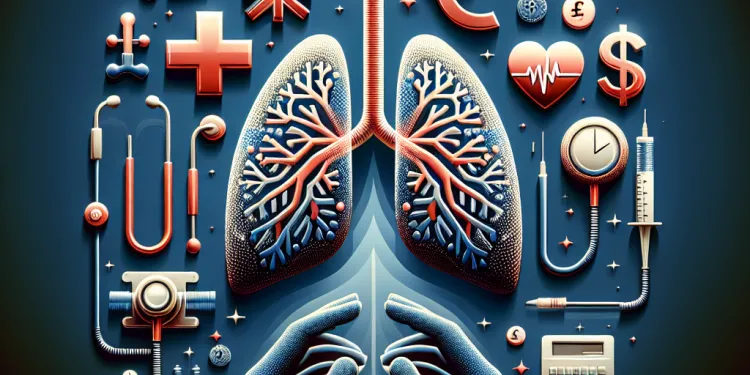
What is a pulmonary embolism?
Relevance: 14%
-
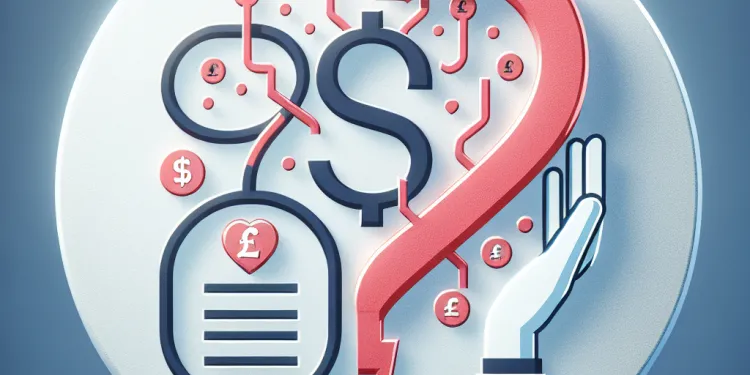
How is thrombosis diagnosed?
Relevance: 14%
-

Who is an ideal candidate for a facelift?
Relevance: 13%
-
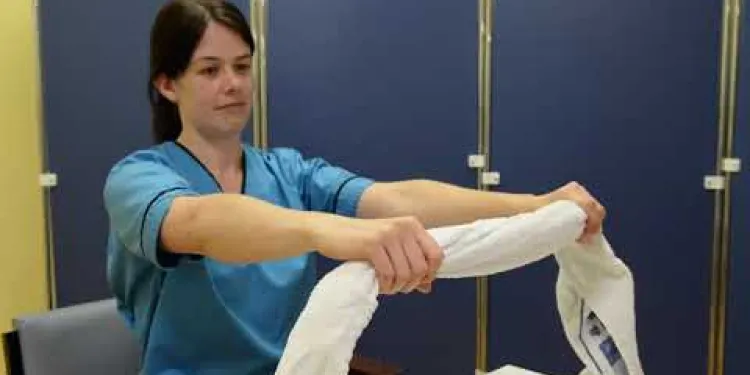
Elbow
Relevance: 13%
-
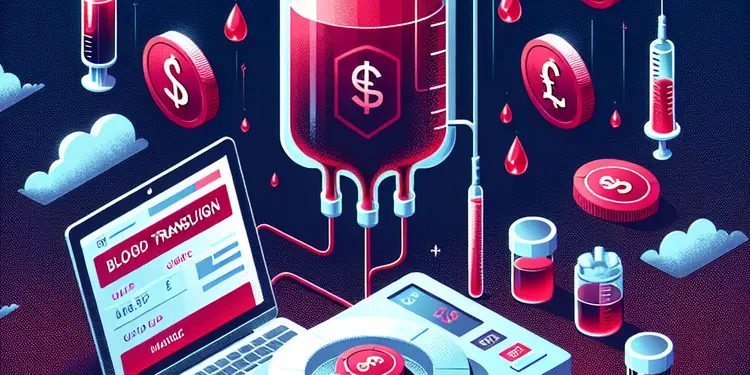
Why might someone need a blood transfusion?
Relevance: 13%
Patient Video: What to Expect When Having a Bone Scan
Introduction to Bone Scans
A bone scan is a diagnostic imaging procedure used to evaluate abnormalities in your bones. It is commonly employed to detect conditions such as fractures, infections, bone cancer, or other bone disorders. The procedure involves the use of a small amount of radioactive material, which helps highlight areas of abnormal bone activity.Before the Bone Scan
Prior to the scan, you may be asked to change into a hospital gown and remove any metal objects such as jewelry, as these can interfere with imaging. You might be given an injection of a radioactive tracer, typically in your arm. This tracer needs time to circulate and accumulate in your bones, usually taking about 2 to 4 hours. During this waiting period, you can typically leave the clinic, but it’s important to stay well-hydrated. Drinking fluids helps the tracer distribute throughout your body effectively.During the Bone Scan
When you return for the scan, you'll be asked to lie still on a scanning table. A special gamma camera will then take images of your entire skeleton. The camera detects the radioactive material in your bones, producing images that highlight areas of high or abnormal bone activity. This part of the scan generally takes around 30 to 60 minutes. It is crucial to remain as still as possible during this time to ensure clear, accurate images.After the Bone Scan
Once the scan is complete, you can usually go about your day as normal. It’s advisable to continue drinking plenty of fluids to help flush the remaining radioactive material from your body. The radioactive tracer typically leaves your system within 24 to 48 hours. Your healthcare provider will inform you when the results will be ready, and they will discuss any abnormal findings with you during a follow-up appointment.Safety and Side Effects
Bone scans are considered safe with minimal risks. The amount of radiation used is very small and generally considered safe for most patients. However, it's important to inform your healthcare provider if you are pregnant, breastfeeding, or have any allergies to medications. Some patients might experience minor discomfort at the injection site or a rare allergic reaction to the tracer.Conclusion
A bone scan is a valuable tool for diagnosing various bone conditions by providing detailed images of your skeletal system. Being informed about what to expect can help ease any anxiety and prepare you for the procedure. Always follow your healthcare provider's instructions and feel free to ask questions if you have any concerns regarding the scan. This HTML-formatted content provides a detailed and informative overview of what patients in the UK can expect when having a bone scan.Patient Video: What to Expect When Having a Bone Scan
Introduction to Bone Scans
A bone scan is a special test to check your bones. It helps doctors find problems like breaks, infections, or cancer in the bones. The test uses a tiny amount of a special material. This material helps show areas in your bones that might have a problem.Before the Bone Scan
Before the scan, you might need to wear a hospital gown and take off anything metal, like jewelry. You will get a small injection in your arm. This injection has the special material. It takes 2 to 4 hours to spread in your bones. You can usually leave and come back, but you should drink lots of water to help the material spread in your body.During the Bone Scan
When you come back, you will lie still on a table. A special camera will take pictures of your bones. This camera looks for the special material. The pictures show if there is anything wrong with your bones. This takes about 30 to 60 minutes. It is very important to stay still, so the pictures are clear.After the Bone Scan
When the scan is done, you can go back to your normal day. Drink lots of water to help remove the special material from your body. This will leave your body in 1 to 2 days. Your doctor will tell you when your results are ready and talk to you about what they find.Safety and Side Effects
Bone scans are safe. The amount of the special material is very small. Tell your doctor if you are pregnant, breastfeeding, or have allergies. Some people might feel a little hurt where they got the injection, but this is rare.Conclusion
A bone scan helps find problems in your bones. Knowing what will happen can help you feel less worried. Always follow what your doctor says and ask questions if you have any worries about the scan.Frequently Asked Questions
What is a bone scan?
A bone scan is a diagnostic imaging test used to view the bones. It helps to identify areas of abnormal bone metabolism.
Why do I need a bone scan?
Your doctor may order a bone scan to diagnose or monitor bone diseases such as fractures, infections, or cancers.
How should I prepare for a bone scan?
No special preparation is needed, but you may be asked to drink plenty of fluids and avoid certain medications.
Can I eat or drink before my bone scan?
Yes, you can eat and drink as usual unless your doctor gives you specific instructions otherwise.
What should I wear to my bone scan appointment?
Wear comfortable clothing and avoid wearing metal objects like jewellery, as they may interfere with the scan.
How long does the bone scan procedure take?
The entire process usually takes a few hours, including the waiting period after the tracer injection and the actual scanning time.
What happens during the bone scan?
A small amount of radioactive tracer is injected into a vein in your arm. You will then wait a few hours before the actual scan takes place.
Is the radioactive tracer safe?
Yes, the amount of radiation used is very small and considered safe for most patients.
How long do I have to wait after the tracer injection before the scan?
You will typically wait between 2 to 4 hours to allow the tracer to circulate and be absorbed by your bones.
What does the scanning process involve?
During the scan, you will lie on a table while a camera passes over your body to detect the radiation emitted by the tracer.
Will I feel any pain during the scan?
No, the bone scan itself is painless. You may feel a slight sting when the tracer is injected.
Are there any side effects from the bone scan?
Side effects are rare, but you may experience slight discomfort at the injection site. Inform the technologist if you feel unwell.
Can I resume normal activities after my bone scan?
Yes, you can resume your normal daily activities immediately after the scan.
How will I get my bone scan results?
Your results will be reviewed by a specialist and sent to your doctor, who will discuss them with you.
Is there any follow-up care needed after a bone scan?
Generally, no special follow-up care is needed, but follow your doctor's instructions and attend any scheduled appointments to discuss the results.
What is a bone scan?
A bone scan is a picture of your bones. It helps doctors see if something is wrong.
This is what happens in a bone scan:
- You get a tiny amount of special medicine. It helps to see your bones in the picture.
- A big camera takes pictures of your bones.
- The doctor looks at the pictures to check your bones.
If you find reading hard, you can use these tips:
- Ask someone to read with you.
- Use a ruler or your finger to keep your place while reading.
- Read the text out loud.
A bone scan is a test that helps doctors look at your bones. It shows which parts of your bones might not be working right.
Why do I need a bone scan?
A bone scan is a test. It helps doctors see your bones. Doctors use it to find out if your bones are healthy or hurt.
Here is why you might need a bone scan:
- If you have pain in your bones.
- If your doctor thinks you might have a broken bone.
- If they want to check for other bone problems.
Tools to help understand:
- Ask your doctor questions if you don't understand.
- Bring someone with you to the doctor to help explain.
- Write down what the doctor says.
Your doctor might ask you to have a bone scan. This is to check if you have any problems with your bones, like broken bones, infections, or cancer.
How can I get ready for a bone scan?
You don't need to do anything special to get ready. But you might need to drink lots of water. You might also need to stop taking some medicines for a while.
Can I eat or drink before my bone scan?
A bone scan is a special test to look at your bones.
Before you have the test, you might wonder if you can eat or drink.
For most bone scans, you can eat and drink like normal.
If the doctor or nurse tells you something different, follow what they say.
If you are unsure, you can ask a doctor, nurse, or tell an adult.
Yes, you can eat and drink like you normally do, unless your doctor tells you something different.
What clothes should I wear to my bone scan appointment?
Wear comfy clothes. Try to avoid clothes with metal, like zippers or belts. Ask someone to help pick your clothes if you are not sure. You can also talk to the doctor's office for advice.
Wear clothes that feel nice and comfy. Don't wear metal things like rings or necklaces because they can mess up the scan.
How long does a bone scan take?
The whole process usually takes a few hours. This includes the time you wait after getting the tracer injection and the time for the scan.
What happens during the bone scan?
A bone scan is a type of test to look at your bones.
Here is what happens:
- The doctor will give you a special medicine.
- This medicine helps show your bones on a picture.
- You might need to wait a few hours after getting the medicine.
- You will lie down on a bed, and a big camera will take pictures of your bones.
- The camera does not hurt and the test is not painful.
If you want, you can bring a toy or book to help you feel calm.
A tiny bit of special medicine is put into a vein in your arm. After that, you wait a few hours before they do the scan.
Is the tracer safe?
The tracer is safe for most people. Doctors use it to help see inside the body. It is important to follow the doctor's instructions.
If you are worried, ask the doctor questions. You can also bring someone you trust to help you understand.
Yes, the amount of radiation used is very small. It is safe for most people.
How long until the scan after the tracer injection?
You will have a tracer injection before your scan. A tracer is a special medicine. It helps doctors see inside your body.
After the tracer injection, you will need to wait before your scan. This wait is usually about 30 to 60 minutes.
You can bring a book or listen to music while you wait. This can help pass the time.
You will usually wait for 2 to 4 hours. This gives the tracer time to move around and go into your bones.
What happens in the scanning process?
When you have the scan, you will lie down on a table. A camera will move above you to look for a special glow from the medicine inside your body.
Will the scan hurt?
No, the scan won't hurt. It doesn't cause pain.
If you feel worried or scared, tell the person doing the scan. They can help you feel okay.
You might like to bring a soft toy or listen to music to help you feel calm.
No, the bone scan does not hurt. You might feel a little sting when the doctor gives you an injection.
Can a bone scan make you feel unwell?
Side effects do not happen often. But sometimes, the place where you get the shot might hurt a little bit. Tell the person giving you the shot if you feel sick.
Can I go back to my usual activities after my bone scan?
Yes, you can go back to doing your usual activities right after the scan.
How do I get my bone scan results?
A doctor who is a specialist will look at your test results. Then, they will send the results to your doctor. Your doctor will talk to you about them.
Do I need any special care after a bone scan?
You usually don't need any special care after. But listen to what your doctor tells you. Make sure to go to your appointments to talk about what the test found.
Useful Links
- Ergsy carfully checks the information in the videos we provide here.
- Videos shown by Youtube after a video has completed, have NOT been reviewed by ERGSY.
- To view, click the arrow in centre of video.
- Most of the videos you find here will have subtitles and/or closed captions available.
- You may need to turn these on, and choose your preferred language.
- Go to the video you'd like to watch.
- If closed captions (CC) are available, settings will be visible on the bottom right of the video player.
- To turn on Captions, click settings .
- To turn off Captions, click settings again.
More Items From Ergsy search
-

Patient video: What to expect when having a bone scan
Relevance: 100%
-

What to expect of a DXA Scan
Relevance: 69%
-

What to expect of a DXA Scan
Relevance: 66%
-

Going For a CT Scan
Relevance: 63%
-

So, you're having a CT scan...
Relevance: 57%
-

Having a CT Scan in Tayside
Relevance: 57%
-

Going for an MRI Scan
Relevance: 54%
-

I'm having an MRI scan
Relevance: 53%
-

Are AI body scans reliable?
Relevance: 53%
-

Having a CT scan in Hospital - What's it like having a CT scan at Bedford Hospital?
Relevance: 52%
-

How Does an MRI Scan Work?
Relevance: 49%
-

The FDG PET Scan: What to expect
Relevance: 49%
-

Having an Ultrasound scan at Manchester Royal Infirmary
Relevance: 47%
-

Your PET/CT scan at University College Hospital
Relevance: 47%
-

Having a CT Scan at Stoke Mandeville Hospital - Buckinghamshire Healthcare NHS Trust
Relevance: 43%
-

4 facts about blood cancer that you should know | NHS
Relevance: 30%
-

MRI Scanner walkthrough - what to expect at your appointment
Relevance: 24%
-

Prostate cancer diagnosis and tests
Relevance: 22%
-

Leukaemia: What are the signs and symptoms? | NHS
Relevance: 21%
-

What can high levels of cortisol cause?
Relevance: 19%
-

Screening tests for you and your baby | NHS
Relevance: 19%
-

Radiotherapy CT scanner
Relevance: 18%
-

Your Ultrasound Appointment
Relevance: 18%
-

FFR-CT beat invasive conventional coronary angiography says a Cardiologist
Relevance: 18%
-

How is testicular cancer diagnosed?
Relevance: 17%
-

Survivor of an Abdominal Aortic Aneurysm rupture appeals for men to take up NHS Screening Programme.
Relevance: 17%
-

How is sickle cell disease treated?
Relevance: 16%
-

Let's Talk About Menopause - The Queen Elizabeth Hospital King's Lynn NHS Foundation Trust
Relevance: 16%
-

How is appendicitis diagnosed?
Relevance: 16%
-

Shoulder subacromial shoulder pain
Relevance: 15%
-

Fracture Clinic: Plaster Casts
Relevance: 15%
-

How can I secure my email after a hack?
Relevance: 15%
-

What should I do if I suspect my email has been compromised through phishing?
Relevance: 15%
-

Can testicular cancer spread to other parts of the body?
Relevance: 14%
-

NHS Abdominal Aortic Aneurysm (AAA) Screening
Relevance: 14%
-

What is a pulmonary embolism?
Relevance: 14%
-

How is thrombosis diagnosed?
Relevance: 14%
-

Who is an ideal candidate for a facelift?
Relevance: 13%
-

Elbow
Relevance: 13%
-

Why might someone need a blood transfusion?
Relevance: 13%


